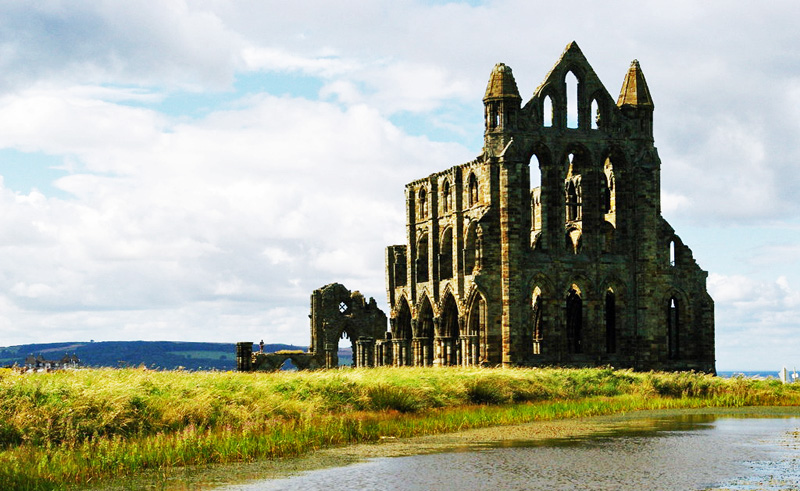
Monasteries
The monastic movement came to the British Isles in the 6th century. The remote settings of monasteries, such as the Holy Island of Lindisfarne, were indicative of the monks’ desire for solitude, but the subsequent trail of pilgrims and gifts of money and land in exchange for favourable prayers, led to monasteries becoming very wealthy and powerful.
Each monastery (variously known as an abbey, priory, friary or, for the nuns, a nunnery or convent), had rules based on a particular ‘Order’, such as the Benedictine, Cistercian or Trappist. Personal possessions were few and all inmates lived communally, wore the same habits, were obedient to the Scripture and were celibate. One monastic rule was to give hospitality whenever requested, so there would be large kitchens, bakeries, breweries, ‘warming’ rooms and guest rooms, and monks would even build inns and farms on their estates.
In Old English, a monastery was a ‘mynster’, hence the profusion of British place names beginning or ending in ‘minster’. God-fearing monarchs actively encourged the establishment of hundreds of monasteries until the 10th/11th centuries when parish churches began to be built, although monasteries continued to be centres for learning, with huge libraries, and to carry out charitable works.
(Image of Whitby Abbey ruins: Christopher Hilton at geograph.org.uk / CC BY-SA 2.0)
